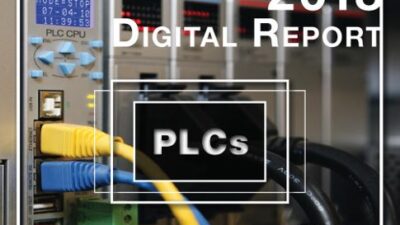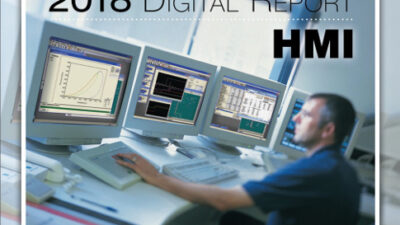Washington, D.C.—The unemployment rate for electrical engineers (EEs) shot up to an unprecedented 7.0% in the first quarter of 2003 (1Q03), according to data from U.S. Department of Labor's Bureau of Labor Statistics (BLS), and reported April 28 by the Institute of Electrical and Electronics Engineers (IEEE, New York, N.Y.).
Washington, D.C.— The unemployment rate for electrical engineers (EEs) shot up to an unprecedented 7.0% in the first quarter of 2003 (1Q03), according to data from U.S. Department of Labor’s Bureau of Labor Statistics (BLS), and reported April 28 by the Institute of Electrical and Electronics Engineers (IEEE, New York, N.Y.).
Though the rate stood at 3.9% in the previous quarter (4Q02), it is now a full percentage point above the quarterly figure for all workers. EEs previous high jobless rate was 4.8% in 2Q02. However, it’s difficult to compare these figures because the BLS recently revamped its occupational classifications and reporting conventions to produce more detailed and accurate reports.
‘Despite this change in the bureau’s accounting and reporting methods, these unemployment figures are alarming,’ says John Steadman, IEEE-USA’s president-elect. IEEE-USA is an organizational unit of IEEE. ‘We knew anecdotally that things have been bad for many in engineering and computer fields, and these statistics confirm our concerns for engineering employment.’
BLS’ report also showed an unemployment rate for computer software engineers at 7.5% and at 6.5% for computer hardware engineers, which are two of the bureau’s new occupational categories. Computer scientists, including systems analysts, showed a slight improvement in joblessness, dropping from 5.1% at the end of 2002 to 4.9% presently. Computer programmers recorded a 1Q02 unemployment rate of 6.7%.
When the number of unemployed EEs is added to each of the computer-related categories, it shows that 172,000 high-tech professionals are out of work. Computer software engineers led the way with 62,000 unemployed.
To help lessen unemployment for the nation’s high-tech professionals, IEEE-USA is calling on the U.S. Congress to return the H-1B visa quota to its historical level of 65,000. The current cap is 195,000. IEEE-USA is also concerned about potential abuses in the L-1 intra-company visa transfer program. IEEE adds that Business Week magazine reported in March that 329,000 people were working in the United States on L-1 visas in 2001, many in high-tech sectors.
‘While we realize the sluggish U.S. economy is responsible for much of the unemployment,’ says Steadman, ‘we can’t discount the role played by the continuing influx of foreign workers on tem-porary work visas, and the dramatic increase in offshore outsourcing. Congress needs to create incentives that help to spur the growth and retention of high-value, high-tech jobs here in the U.S.’
Control Engineering Daily News Desk
Jim Montague, news editor
[email protected]



